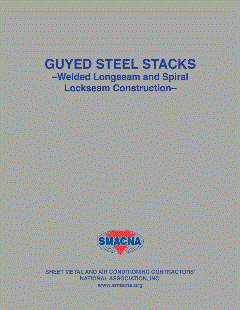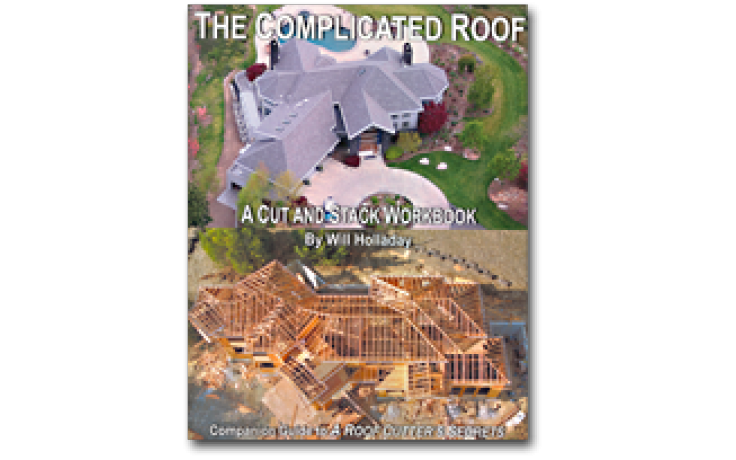Viva La Difference: Metal Roofing Sales Advice

Nothing happens until you sell something. I believe this is true in the roofing business just like it is for a company selling press-on nails. Sales is one essential component without which no business would survive.
For residential roof contracting, however, sales is even more important than it is in situations where repeat business is routine. Every residential job is won on its own merit. Likewise, most every job lost is a one-off.
This is one reason I’ve often referred to roof contracting as “hand-to-hand combat.” True, it’s tough, dangerous work, but where the men are separated from the boys (or the women from the girls) is on the selling field. It’s seldom easy and can be downright brutal.
To bring their very best to the game, many roofing contractors invest heavily in technology to track their customers, drill down on storm-affected areas and manage and close leads. There should be little doubt that you must move at today’s speed of business. Tools of the selling trade are essential to make the most of salespeople’s time and to maximize communication with your customer.
Being a little old school, however, I still think the two most important weapons a salesperson brings into battle are his or her ears. I also happen to believe that one very valuable tool in sales is a great story. The story that tells how you, your company, and your proposition, are different from the last two (or five) contractors coming through the door.
I say all this to suggest one thing that may make your unique selling story more compelling: Add metal roofing to your steep slope retrofit roofing presentations. My wager is you will be the one in 20 roofing contractors who will preemptively suggest replacing asphalt with metal shingles.
Your success in selling metal shingles may depend on your market, but if you keep pitching, you are bound to hit sooner or later. And if your batting average is zero for your first year of trying, you will still have succeeded in being that one roofing contractor who set themselves apart by proposing a metal upgrade.
Something else you may want to consider is the growth trajectory of steep-slope metal roofing in the residential market. When RC began actively reporting on this market segment back in the 1990s, it was a fast-growing but very small portion of the market at around 3 percent. Some recent reporting has that number surpassing 14 percent and still growing.
Today, you have your choice of some very attractive metal shingle profiles and colors. They are all lightweight and durable. Some tout remarkable resistance to high winds and hail. There are other sustainable steep roofing systems, but, unlike metal shingles, none offer the ease of handling and look of asphalt shingles (or tile, slate, or shakes).
Metal shingles aren’t going to take over the residential market anytime soon, but I do believe they will continue being one of the fastest-growing roofing systems on the planet. And I know this: when the job calls for replacing shingles, adding metal to your proposal will clearly set you above the pack.
CORRECTION: The International Institute of Building Enclosure Consultants (IIBEC) was misidentified in the July Editor’s Note.
Looking for a reprint of this article?
From high-res PDFs to custom plaques, order your copy today!







